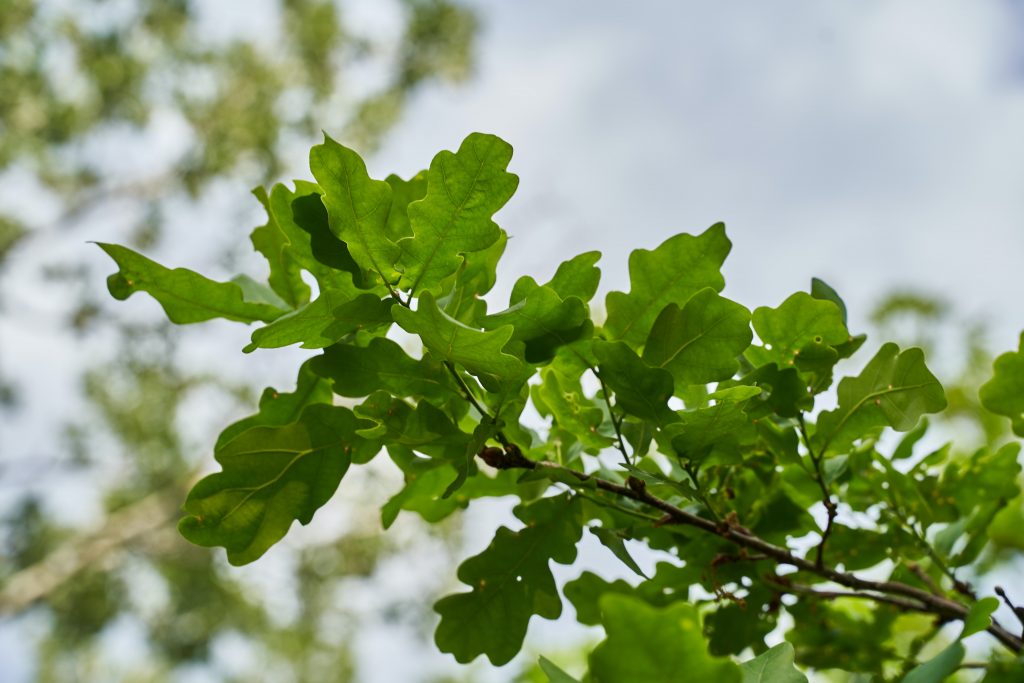Proper Planting Tips for Trees

Planting a tree is a relatively simple process anyone can do, but some following some basic guidelines can help your tree get off to a good start. Choose a tree that will grow in the conditions you have. A tree requiring part shade should not be planted in the middle of the yard with no surrounding trees or buildings to provide that shade. Likewise, a tree that hates having wet roots should not be planted in a low-lying area where water pools after a rain. If you have questions about which trees are best suited to your conditions, just ask. We are happy to help you select the right tree for any situation.
Planting is ideally done in spring or fall but can be done in summer if you keep the tree well-watered afterwards. You will need a tape measure, a shovel, a hand pruner, and access to water.
- First, contact diggers hotline. Don’t skip this step even if you think you know where your utility lines are buried. Hitting a line with your shovel can be, at the very least, expensive to repair. Worse than that, it can be life threatening. It is very easy so set up, and the utilities come within only a few days. You can call (800)242-8511 or go to https://www.diggershotline.com/ to arrange for them to mark everything.
- The day you are planting, water the tree well. It will reduce the stress on the plant. You may also want to water the ground where you plant to dig. It will soften the soil and make your job a bit easier.
- Before you start, look at the tree. Note where the trunk flares out at the base. The flare should be just above the ground when planted. Planting too deep can cause trunk rot and can invite pests and diseases. To make sure your tree is planted at the right depth, measure from the trunk flare to the bottom of the container. That is how deep your hole should be.
- Dig a hole to the depth you measured and 2-3x the width of the root ball. In the past, it was often recommended that you amend the soil when planting a tree, but it doesn’t do the tree any favors. Yes, your tree will like the amended soil. It will like it so much that the roots won’t expand out past the area you amended. That will cause problems down the road. If a tree won’t grow in the conditions you have, it is best to plant a different variety that will.
- Once your hole is dug, cut the pot, basket, or burlap wrapping away from the tree with a hand pruner. Inspect the roots and straighten or cut away any that are circling the root ball. If roots continue to circle the root ball as they grow, they can strangle the tree.
- Lift the tree by the root ball, not the trunk, so you do not damage the tree, and gently set it into the hole. Check the depth. The trunk flare should sit just above the top of the hole. If it is too low, remove the tree and add a mound of soil in the center of the hole, then set the root ball directly on the mound. Your tree may have a good side, so look at it from different angles, turning the tree until is sits exactly how you want it. The good side should face your windows or your patio or deck, where you will most often see it from.
- Pack a little soil around the base of the root ball to ensure it remains straight, then fill the hole halfway, breaking up any large clods of soil. Water the soil once the hole is half full to settle the soil and remove any pockets of air, then fill the remaining area. Water again, and if the soil in the hole has sunk down, add more to make sure it is to level, or a tiny bit above the surrounding ground. Do not tamp the soil down, or step on the root ball to set it in place.
- Mulch over the bare soil with bark or rock, but make sure the mulch stays 3 inches away from the trunk. It should not touch the trunk.
- Remove any damaged branches, but don’t do any additional pruning for at least one year. After the tree has been in place a full year, it can be sparingly pruned for shape, but major pruning is not recommended for several years.
- Water daily the first two weeks, then at least twice weekly, more often in hot or windy weather. Water deeply and slowly by setting a hose to a small trickle and leaving it in place for an hour or more depending on the size of the tree. Using drip bags or tree rings are another great option.
- Fertilizer can harm a newly planted tree, so it should not be used at minimum for the first year. It is usually not needed at all.
- Most trees don’t need staking. If you feel your tree does, place three stakes around the tree, tying them with soft material that will not cut into the trunk, and remember to remove the stakes after about a year.
Planting trees is a great way to increase your home’s value, provide a habitat for birds and other animals, and beautify your yard. It can be a great way to commemorate a special occasion, like the birth of a child, or purchasing your first home. With these simple guidelines, your tree will be healthy and strong, and can provide you and your family with decades of enjoyment.
